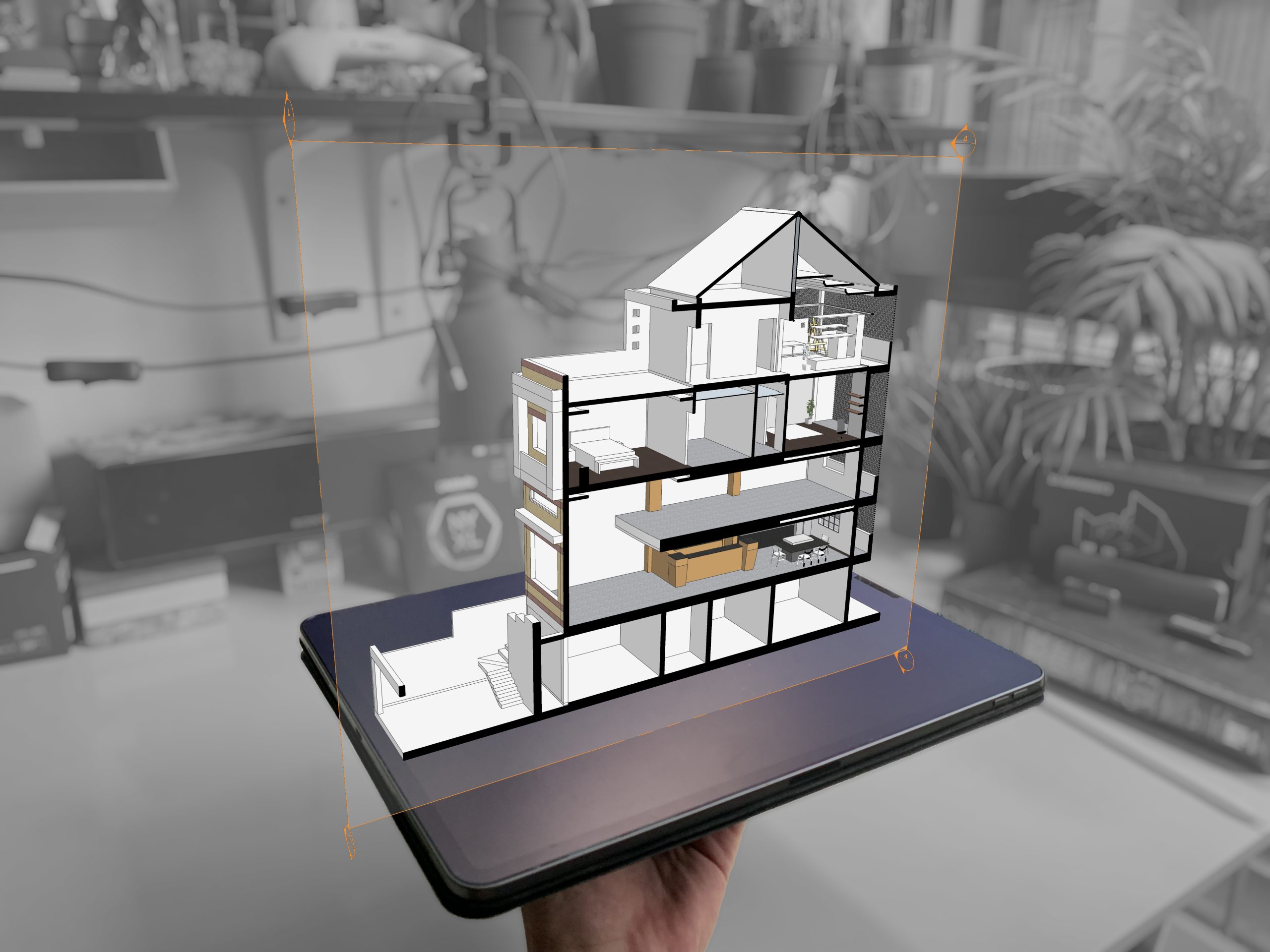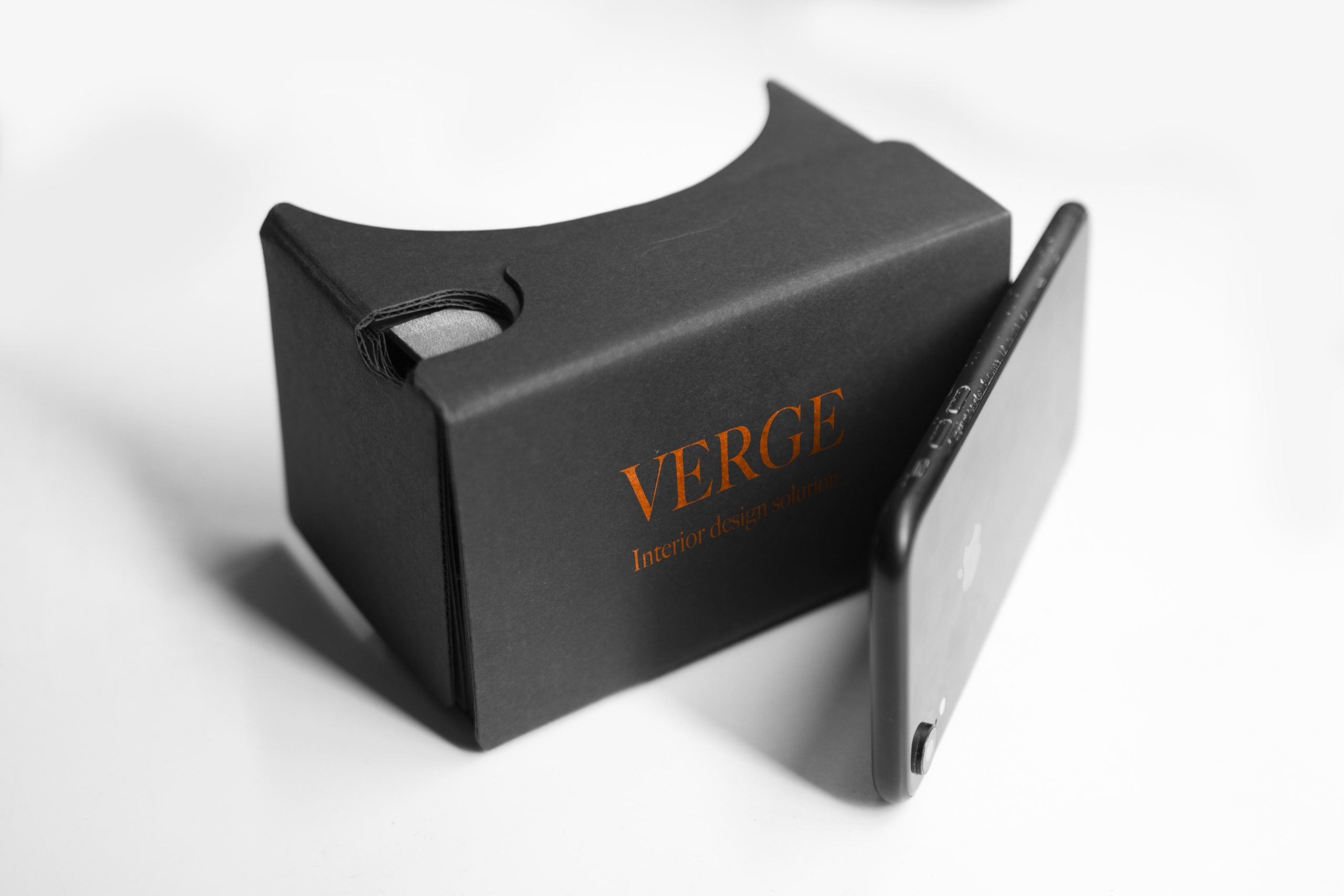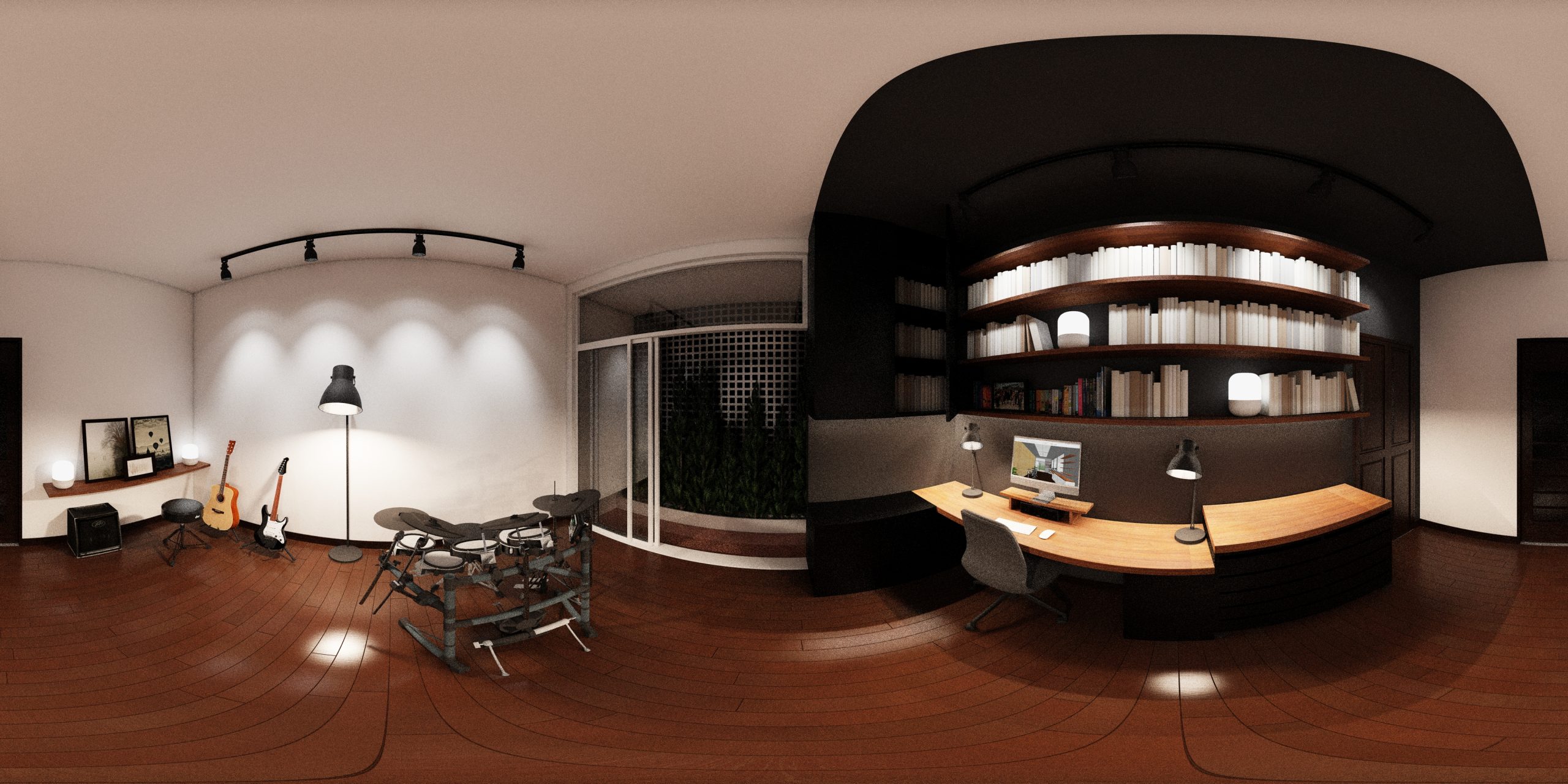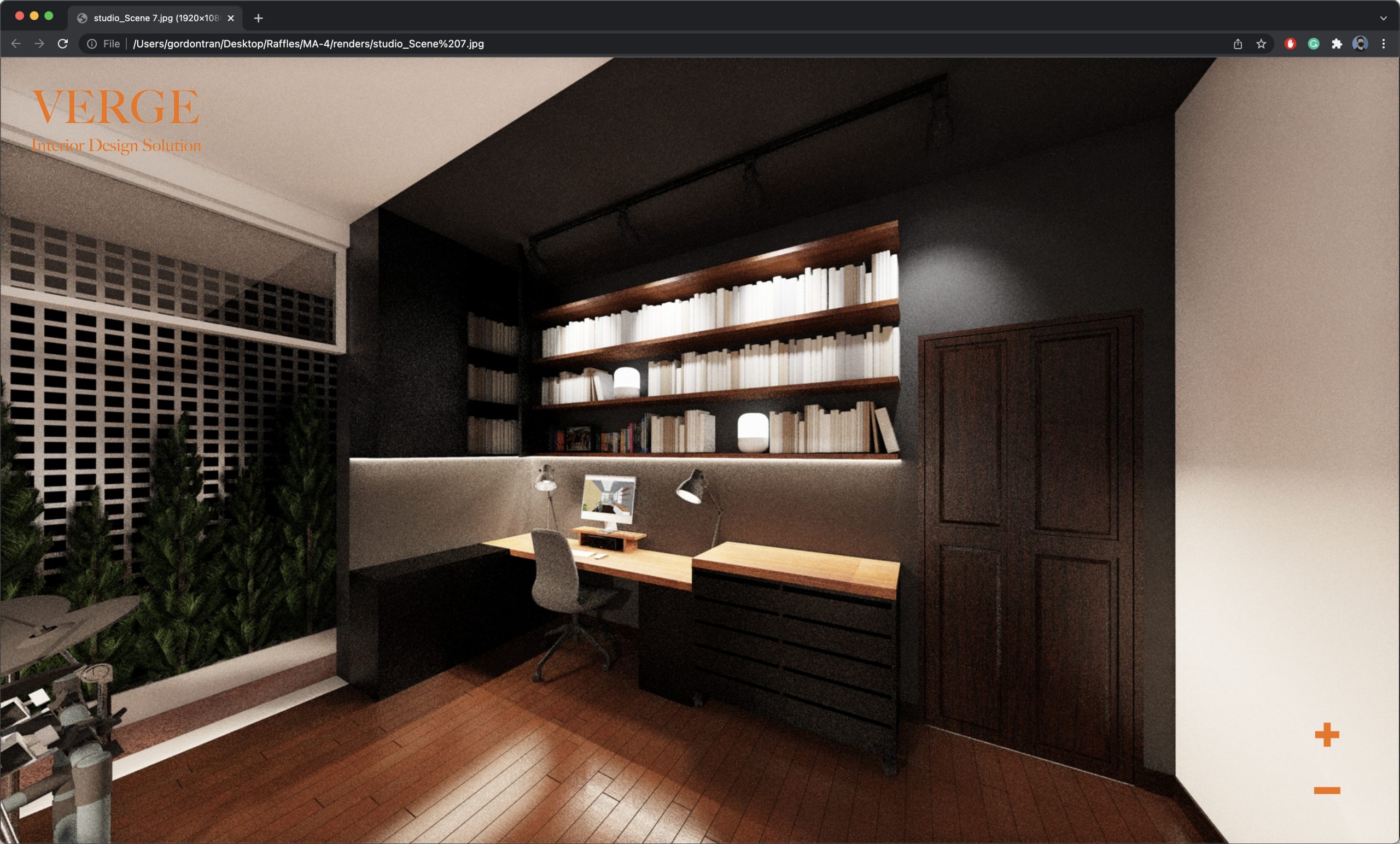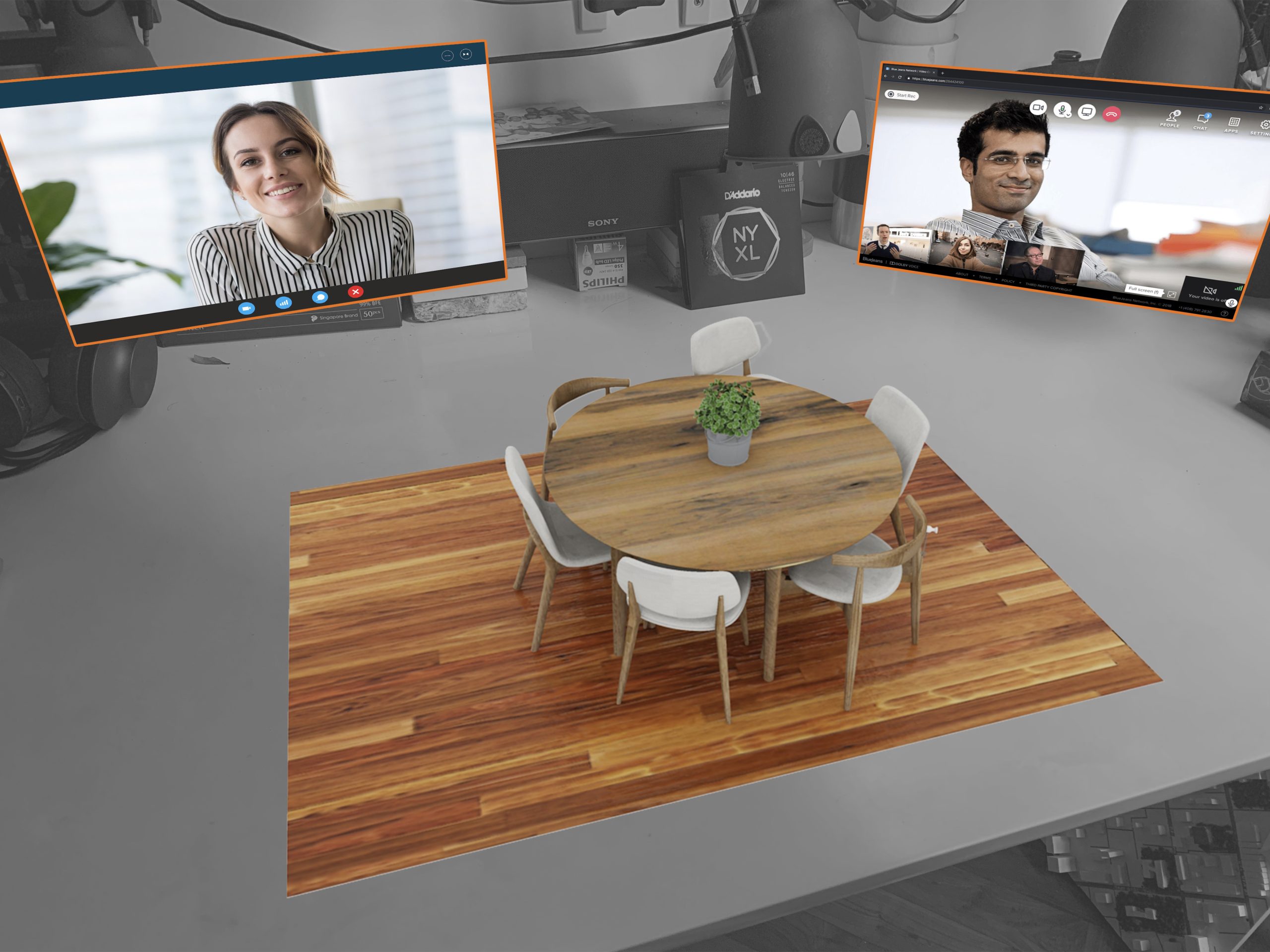Master of Arts in Design Management
NguyenTranHieu@raffles-designer.com
I find this course very interesting as it introduced me to another aspect of designing that I wouldn’t have gotten just from interior design. Learning the business and management side of designing really helps me to be prepared for the industry that I’m going into. Although the only lecturer of the programme, Jack has a really strong understanding of both design and management, which he used to help our class along the way.
Project Description
As countries and businesses settle into a new normal in light of the global pandemic, traditional ways need to be adapted to suit the new needs. More specifically, this research project dives into the way that interior design adopts new ways to address the restriction of in-person communication.
Remote working will find itself to be the norm in the future of interior design. As Overstreet said in 2021, “The future of the workforce will largely be focused on… a form of remote working, that summates into a new, hybrid model”; So naturally, there needs to be methods of communication that are more innovative, flexible, and transparent for client-designer and designer-designer, as expressing ideas is vital to designing at any stage.
The importance of communicating ideas clearly and effectively to clients and other designers cannot be understated in the interior design field. Motivated by the pandemic, a new necessity is formed: “How can a person feel physically present inside a space, without actually being there?” It can be infuriating having to wrestle with technology when attempting to present design solutions through a screen and webcams. So to reiterate, an innovation in design communication will no longer be a suggestion, but a necessity, in the near future.
With the emergence of Extended Reality technology (XR), encompassing Augmented Reality (AR), Virtual Reality (VR), and Mixed Reality (MR), a vast potential for transparent presentation and communication presents itself. It has the potential to fit perfectly into the current needs of designers. Clients and designers can be in the same virtual space to explore design solutions and see how their decisions affect the design in real-time, as opposed to having to wait days for a new iteration to be changed, rendered, printed, then presented. This creates a positive feedback loop between client and designer.
Furthermore, designers have always strived to immerse clients, and bring a sense of realism into their works. As drawing technology has advanced from paper, onto a screen, and three-dimensional projection, rather than bringing the design to the client traditionally, it is a natural progression for the field to bring clients into the design itself.

